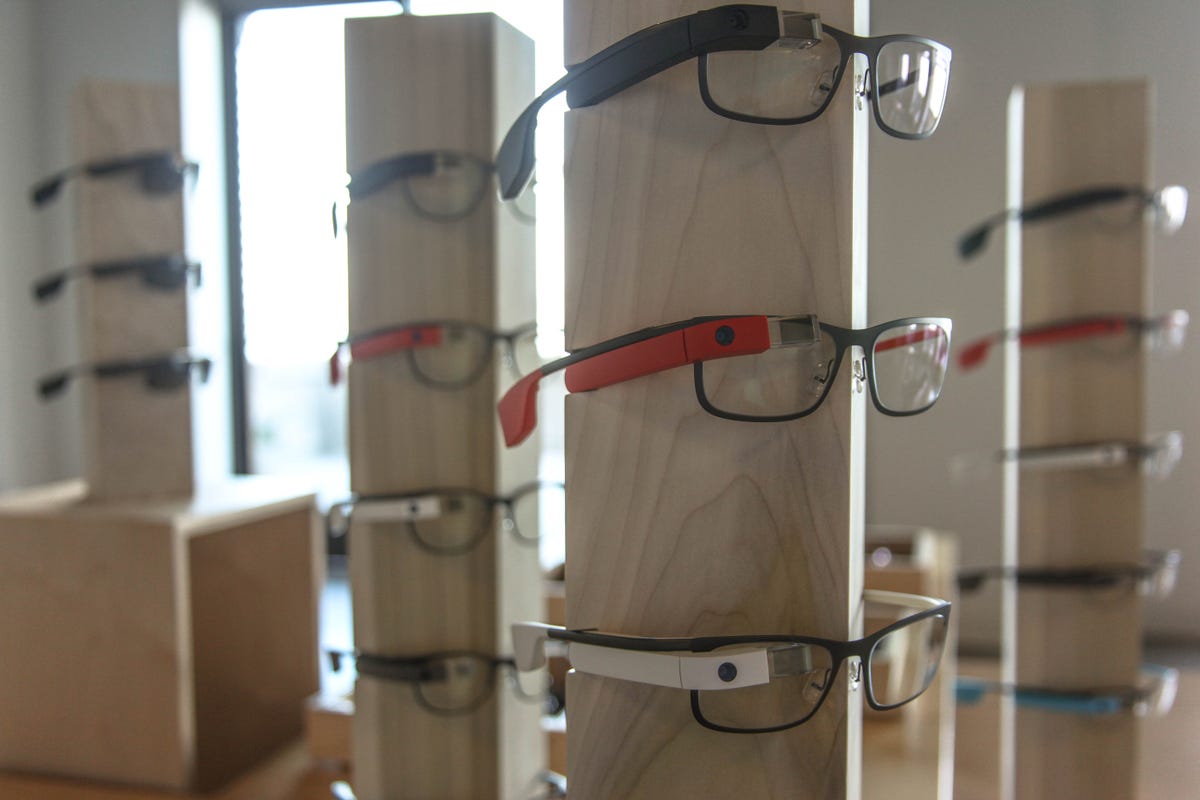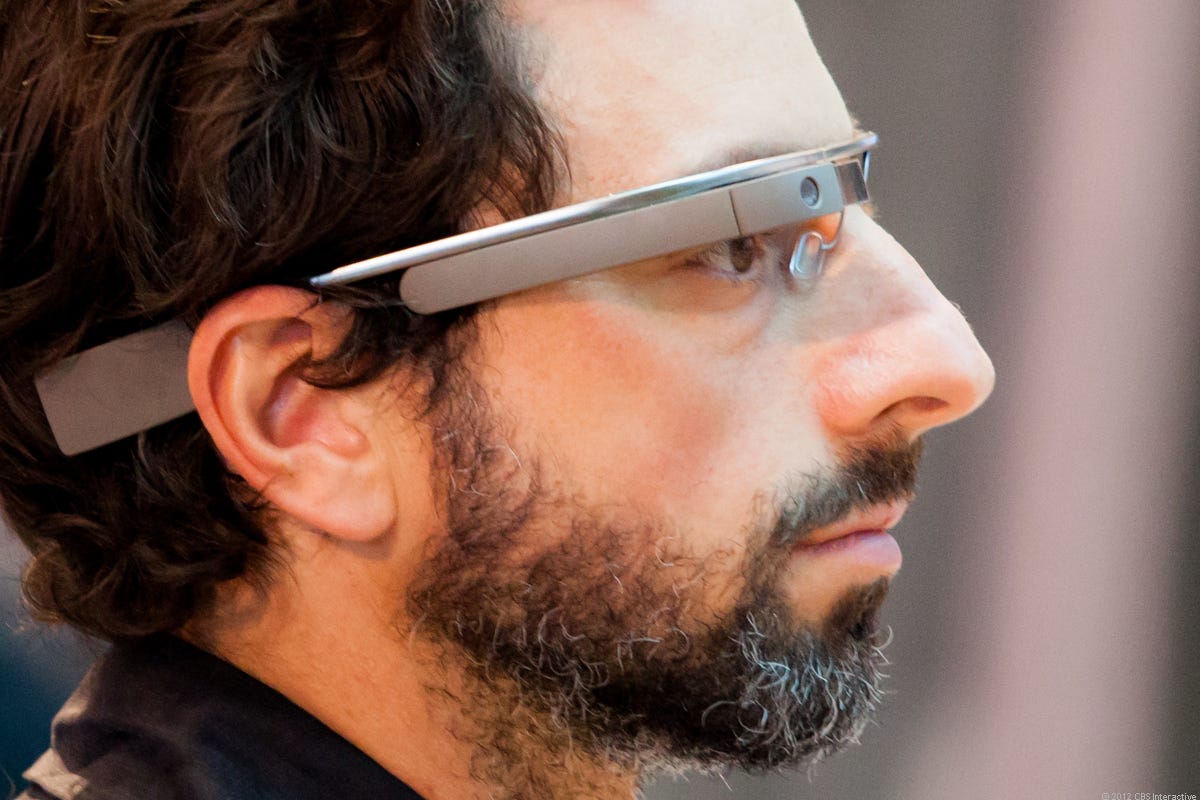
Seth Rosenblatt/CNET
The latest design iteration of Google Glass is here. Unlike the weird headband-visor-with-a-monocle design of the original, there are now prescription versions of Google Glass: real glasses, on top of which are Glass.
I’m a glasses-wearer. I struggled with Glass on my glasses, and eventually even got temporary contacts. And I remember that, a year ago at Google I/O, some prescription glasses with Google Glass attached were floating around the show floor.
Related stories
- Apple AR, VR Headset Expectations: When Will It Show Up?
- Envision Glasses for the Blind Can Read Documents, Scan Faces, Aid Navigation
- Envision Glasses Use AI to Help the Blind Read Documents, Find Objects
So am I satisfied with the latest news about Glass and glasses? No. Because, even if these new glasses with Glass attached offer up a less intrusive-looking, slightly more stylish and possibly more convenient solution, it’s not enough for me yet. I’m talking about wearing, mind you, not using — using them is an entirely different debate, and one that’ll keep shifting as the software and apps evolve. But if you’re asking me if I would really wear Glass all the time as anything more than an experiment, I’d need a bit more.
For it to be a comfortable wearable device for me, some other steps need to be taken. Here’s what I want Google Glass to do:
Google frames Glass with new styles and shades (pictures)






+5 more
Work with my prescriptionThe lenses made by VSP for Google’s Glass glasses actually only work for -4 to +4 prescriptions. My -9 prescription is out of the question. That’s a shame, because, really, aren’t these new glasses meant to offer access to Glass for all?


Sarah Tew/CNET
Work with my own glasses
Buying a Google Glass-compatible glasses frame costs $225, and then you have to buy lenses, which may or may not be supported by your vision insurance. These are real glasses, but can have Google Glass screwed onto them. I want to use my own glasses. I like my own glasses. Buying a new pair is expensive. There are only four frames to choose from, and I have no idea how they’ll look on me. Google’s prescription Glass glasses are a good first step, but not enough.
Clip on and off
Bluetooth headsets are easy to pop on and off as needed. Screwing Google Glass on and off of these new glasses, comparatively, doesn’t exactly seem like an easy process. During the day, I don’t want to wear Glass at every moment. I’d want to pop Glass on and off whenever I feel like it, like I do when I take out my earbuds or remove a Bluetooth earpiece. I should be able to attach and detach my little Glass screen as I like. Wearable tech should be optional, not stapled onto your required eyewear. These eyepieces should be optional, more like a mini monocle. Use magnets, use a clip…be creative.


James Martin/CNET
Be a lot smaller
Which brings me to this: Google Glass without the titanium headband-visor is small, but it’s long like a pencil or stylus. Most people look at Glass, see that little lens and camera, and think that’s mostly it. I wish I could pop that bit off and tuck it in my pocket. Easier said than done, but I’d love something akin to the Jawbone Era of Google Glass. That, of course, could take years. But the closer Glass gets to a Jawbone-sized minigadget — and the sooner — the better for me.
If those things happen…well, I wouldn’t mind wearing a Google Glass around at all. As far as buying one…that’s another story.


Now playing:
Watch this:
Inside Scoop: Google unveils Glass for people with glasses
4:21



